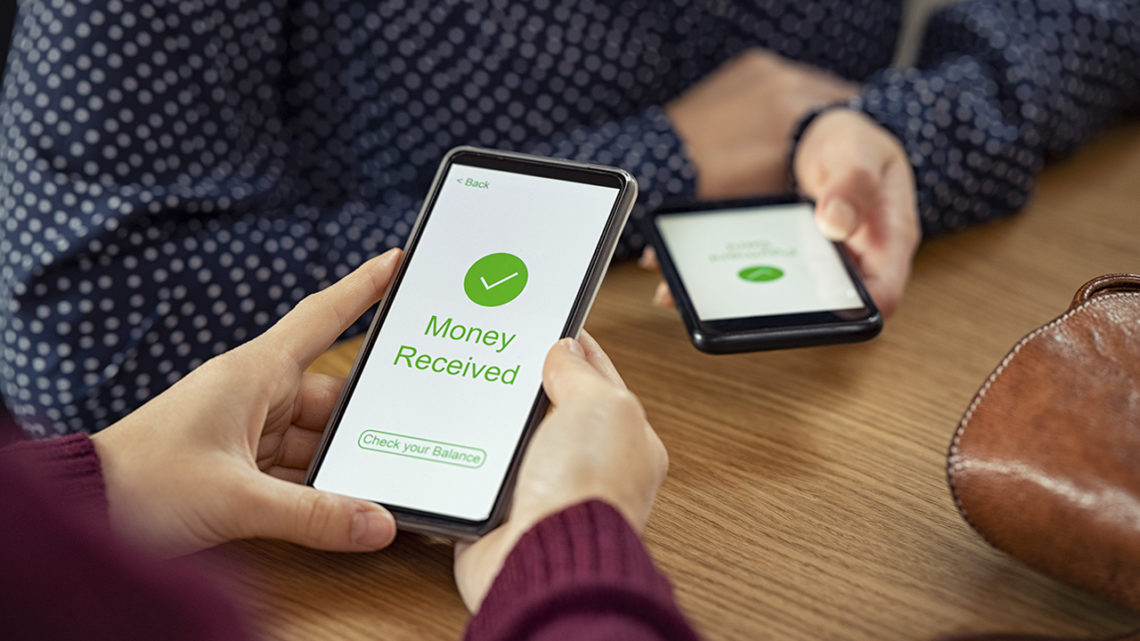Today, people are carrying less cash than ever before. So what can you do when you want to split the cost of dinner, pay back the $50 you borrowed from a friend or make good on the $20 bet you lost to your brother-in-law? That’s where peer-to-peer (P2P) payment services come in. Just open an app and instantly send the money from your account to the person of your choice. Apps such as PayPal, Venmo and Zelle make it easier than ever before to transfer cash, and that has not escaped the notice of scammers.
Wherever there are people and money, the scammers will not be far behind. Here are some of the common P2P scams.
- Unauthorized Electronic Fund Transfers: If money leaves your account and you didn’t send it, that is an unauthorized electronic fund transfer. This fraud can be the result of a hacked account, a compromised card number or a stolen device.
- Seller Scams: These scams may start with offers for tickets, marked-down merchandise or even cute puppies. It could be anything. But they all have one thing in common: You are unlikely to receive the item you paid for.
- Buyer Scams: You might wonder, “How can you get scammed if someone sends you money?” It seems odd, but that is how overpayment scams work. They often start with something you’re trying to sell online and a bogus check to buy it. The scammer will overpay and then ask you to refund the difference. When the check bounces, you’re on the hook for the amount of the bad check—and the item you were trying to sell is probably gone too.
- Money Mule Scams: These scams are used to launder money. The scam can involve fake dating profiles, work-from-home schemes, or phony prizes. Scammers send money, and then ask victims to send it to another person. What they won’t tell you is that the money is stolen—or that the reason you’re sending it is made up to provide cover for illegal activity. Being a victim of this scam can also involve you in criminal activities and get you in trouble with law enforcement.
Here are some things you can do to avoid being scammed when using payment apps:
- Review the app’s fraud protection policies and understand when and how you can recover funds if something goes wrong.
- Link your money transfer app to a credit card rather than a debit card or your bank account. A credit card provides added protection in case you do not receive the goods or services that you have purchased.
- Be suspicious of any business that only accepts P2P payment apps or pre-paid debit card payments. That is a hallmark of scammers.
- Always verify the recipient’s information before making any payment. You don’t want to send money to the wrong person as you may not be able to recover the funds.
- Never send P2P payments to – or accept payments from – someone you don’t know.
- Always create strong, unique passwords and disable automatic logins.
- Never provide sensitive personal information over the phone. Legitimate customer service operations will not ask for your bank account information.
- If you get an unexpected payment demand from someone who says they represent a company or a government agency, hang up and call the phone number on your account statement, in the phone book, or on the company’s or government agency’s website to verify the authenticity of the request.



